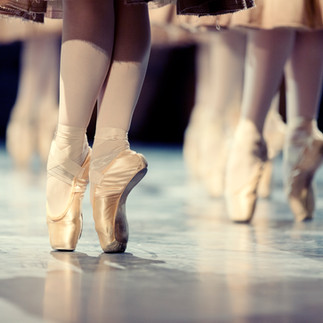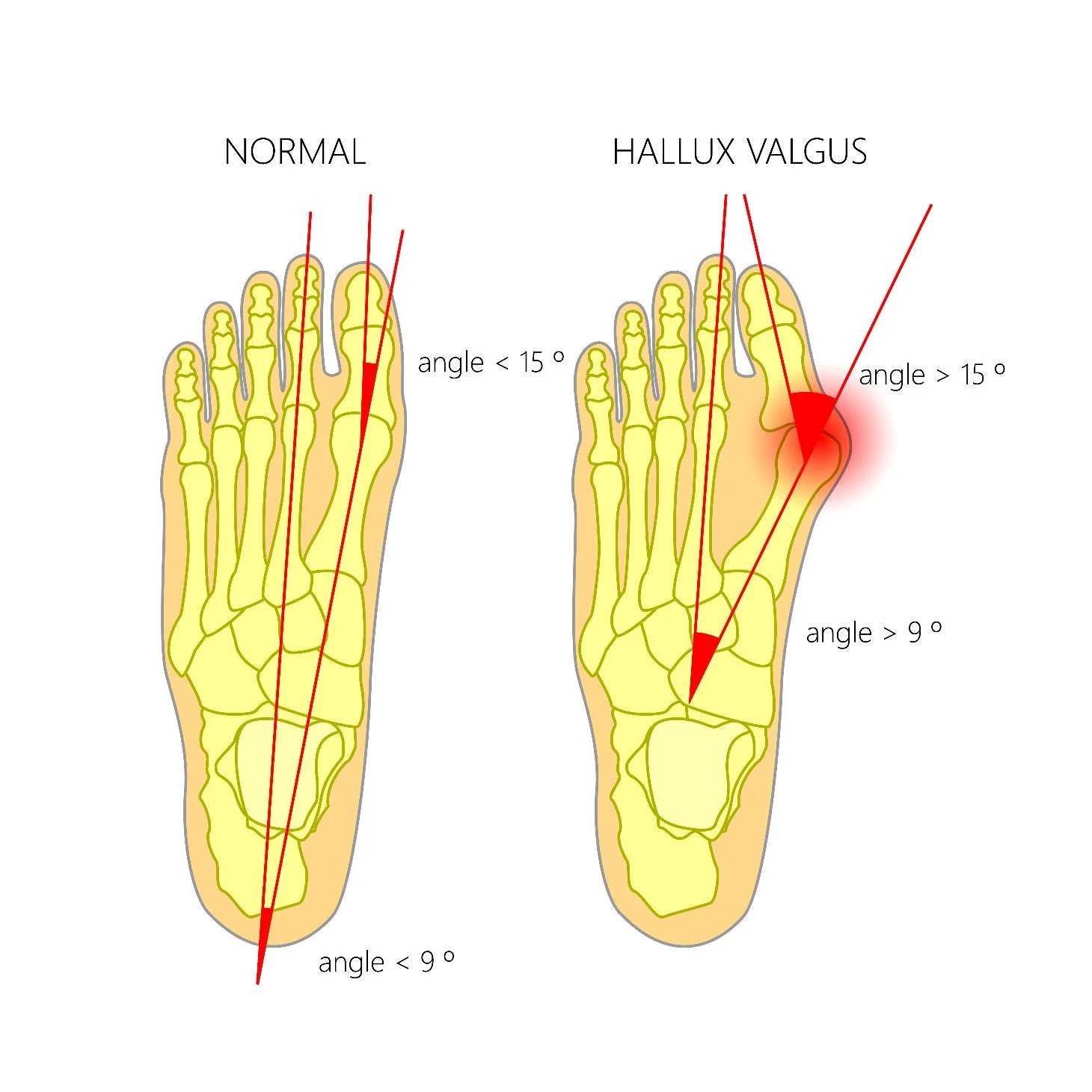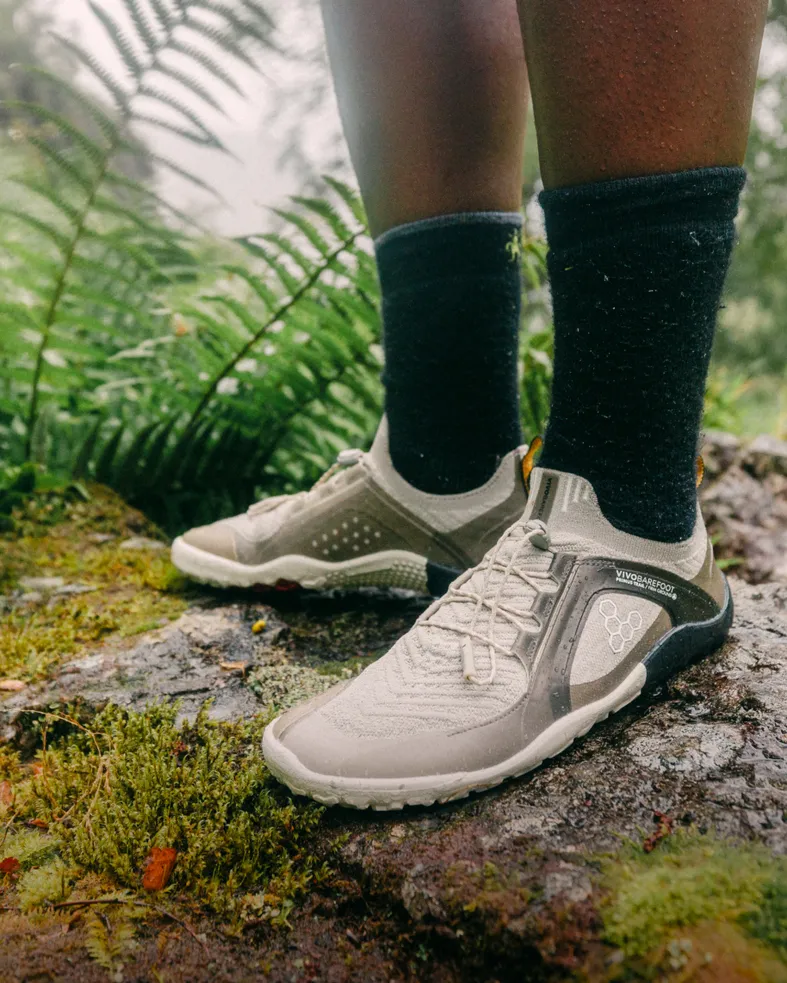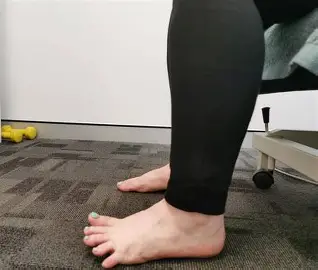Just 5 Minutes of Daily Foot Exercises to be Back Pain-Free & Prevent Falls
- Vanessa Mansergh

- Jun 24
- 5 min read
Updated: Aug 26
When something affects your feet, the chances are everything hurts. Yet most of us don’t give our feet a second thought—until they start complaining. Whether it's aching arches, stiff ankles, or lower back pain that just won’t quit, the root of the problem might be right under your toes.
I come from a family with varying degrees of osteo-arthritis in our big toes. When I started to feel some pain a year or so ago, I began to wear toe socks and wide toe box shoes. After years of squishing my size 9.2 feet into a size 8 shoe I now wear the right shoes for my feet and am pain-free.
My second nudge to write this blog came last week after my partner had a routine procedure on his foot. A small wound with stitches was left across the top of his foot below his toes which needed to be left well alone for a fortnight. That meant not bending his foot at all! Have you tried walking on your heel and then flat footed? It can create this strange lop sided walking gait and hip issues.
Your Feet Matter to Your Whole-Body Health
Your feet are your foundation. They carry you through life, absorbing shock and adapting to every surface you walk on. When your feet are strong, stable, and mobile, the rest of your body can move with ease and balance.
But when foot function breaks down, the consequences ripple upward. Stiff ankles can strain your knees. Collapsed arches can throw off your hips. A poor foot strike can alter your walking pattern, leading to low back pain, poor posture, and even balance issues that increase fall risk.
Foot Pain in the UK: A Widespread Issue
Foot problems are far more common than you might think:
Up to 30% of adults in the UK report foot pain, aching, or stiffness.
Foot/ankle pain accounts for 8% of GP consultations for musculoskeletal issues.
Common complaints include plantar fasciitis, bunions (hallux valgus), hammer toes, and Achilles tendinopathy.
Common Foot Conditions:
Hallux Valgus (bunions) -Pic 1: The big toe drifts inward, often due to narrow footwear or genetics.
Hammer Toes - Pic 2: Toes bend from years of cramped shoes or muscle imbalance.
Achilles Tendonitis -Pic 3: Inflammation from overuse, tight calves, or poor footwear.
Plantar Fasciitis: Heel or arch pain caused by weak foot muscles or excessive strain.
Most of these issues stem from a mix of poor footwear, sedentary habits, and muscle weakness.
What Is “Good Footwear”?
If the thought of adding foot exercises to your daily routine seems too much in an already busy life, start with your footwear. The wrong shoes for foot health are those that take you away from a natural foot - think heels, pointed toes, loads of cushioning and rigid material like leather hiking boots. They can wreak havoc on your posture and gait.
Look for....
Zero drop - Pic 1: This means the toe and heel are level, as they would be when standing barefoot to keep your spine aligned. Most trainers today have a toe lift which weakens the essential muscles of the foot. Can lead to issues further up the chain (knees, hips, low back).
Wide toe box - Pic 2: This widening at the top of your shoe lets your toes splay and grip naturally. It's not just a wide fitting shoe.
Flexible sole - Pic 3: Encourages natural movement and strengthens muscles. A leather hiking boot often seen as essential for ankle support is rigid and restricts ankle dorsiflexion (bending of foot) which transfers the load to the knee joint.
Personally, I wear Vivo barefoot for hiking and Altra Runners as a day-to-day trainer as it has some cushioning for pounding the pavements. I do own a pair of leather hiking boots which I have worn on hiking holidays. At home I stick to my Altra walking shoes. There are lots of brands with different styles, including boots, pumps and sandals.
Footwear Transitioning Tips
If you are transitioning from supportive footwear to wide box toe, zero drop, flexible shoes:
Start gradually with 5-10mins of daily wear
Daily foot strength exercises
Limit the time you spend in heels and pointed shoes
Go barefoot at home
Movement is Key for Stronger Feet
We have to load the foot to strengthen it otherwise muscles atrophy (waste away). 10 000 steps/day may be the magic number we have been advised to do but it's not necessarily achievable if you have joint pain when walking or a low fitness level. Although walking is accessible, the 4500-4900 steps/day average global step count shows us that some are doing much less than the recommended 10 000 steps.
What is your baseline? How many steps do you walk a day? Measure them using a phone app or buy a cheap pedometer from Decathlon. Then start with "micro-walks" - 1000-2000 steps.
5-Minute Foot Exercise Routine
Here’s a simple routine to improve mobility, stability, and strength—all you need is a chair, band, a ball, and your bare feet.
1. Toe Spreads (1 min) Pic 1– Strengthens the intrinsic muscles
Sit or stand. Ideally wear toe spacers between toes or toe socks to move the toes apart. Lift up all your toes while keeping the ball of your foot down & spread them as wide as you can.
Hold for 3–5 seconds, then release.
2. Ball Roll (1 min) – Improves fascia mobility
Roll a small massage or tennis ball under each foot slowly for 30 secs.
Focus on tight spots.
3. Ankle Circles (1 min) – Ankle mobility
Sit down and extend one leg.
Draw big, slow circles with your foot—10 each direction.
4. Ankle Dorsi-flexion (1 min) Pic 2– Ankle mobility
Seated - slide your Right foot towards you, keeping the heel on the floor until you reach your maximum stretch. you're aiming for 20-30 degrees ankle from front of foot to shin!
Hold for 5-10 secs. Switch sides.
5. Toe Yoga (1 min) Pic 3– Toe strength
Lift big toes only. Lift rest of the toes, keeping big toes down
Add a resistance band under big toe & hold it above your knee. Do bicep curls for the big toe x 10
Add the band under the toes, keeping big toe down. Bicep curls for the toes x 10
The Benefits
Think of your feet like the foundation of a house. If the base isn’t stable, everything above shifts and cracks.
Ankle mobility improves walking and reduces strain on knees.
Strong foot muscles support your arches, helping maintain pelvic alignment.
Better foot mechanics allow for smoother gait, reducing repetitive stress on your lower back.
Improved balance helps prevent falls as you age.
Summary
Foot health is whole-body health. Whether you want to move better, stand taller, balance well or live pain-free, your feet are a powerful place to start.
If you'd like to follow a video to kickstart your foot mobility and strength, sign up to my Online Pilates Programs here for a 7 day free trial and select the Longevity or Foot & Hand Health Programs.

























Comments